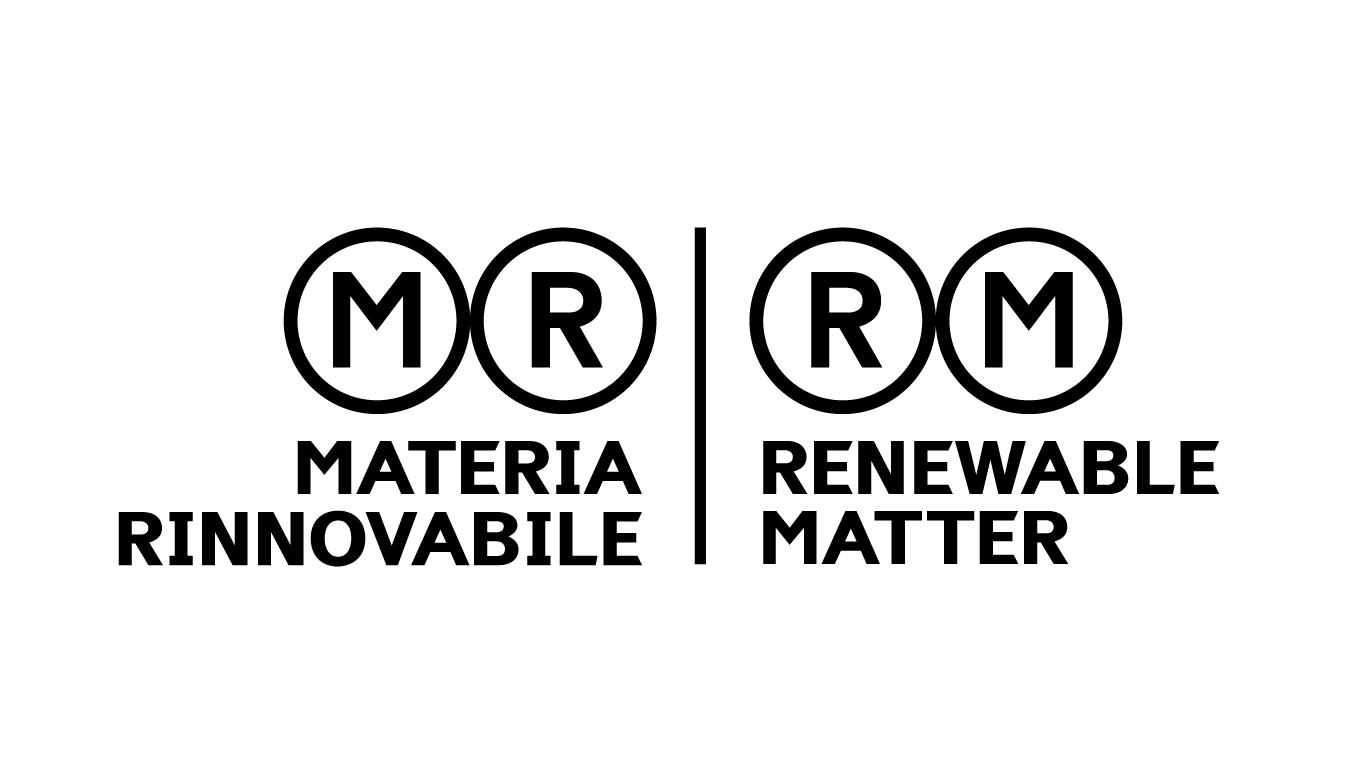The Economy that Came from Outer Space
What happens when you work in an environment where there are no material supplies, the only resource is waste, oxygen is lacking, external conditions are extreme and the only energy is tha...

What happens when you work in an environment where there are no material supplies, the only resource is waste, oxygen is lacking, external conditions are extreme and the only energy is tha...

This article was originally published in the \"SwitchasiaMAG\", winter 2016/17; tinyurl.com/jf722ll The concept of closed-loop production was very popular in Vietnam during the 20th Ce...

Municipal solid waste sorting is increasing in Italy. There has been a constant, significant increase over the past ten years, or rather in the 2005-2014 period. Furthermore, according to ISPRA (Ita...
Photo by Iwan Baan By its very nature, a city serves as an accelerator of integrated formulas of the circular economy. Citizens’ proximity, production activ...
“What you don’t buy or use, will not be produced, will not be wasted. The less, the better. This is what we want to inspire.” ARTPORT_making waves is the curatorial coll...

Utility companies are having to reinvent themselves. And to do it they are taking a different direction from that of the past, mainly due to environmental issues. The climate first and for...

In a magazine devoting a whole section to policies, it behoves us, after slightly over two years from its inauguration, to consecrate an in-depth analysis to cultural policies carried out by those d...

Photographs by Thomas Cristofoletti Map edited by: Riccardo Pravettoni Map’s source: WLE 2017. Dataset on the Dams of the Irrawaddy, Mekong, Red and Sal...

Biobased neoclassical and ex novo materials. These are the neomaterials representing the new scenarios of matter. Plant or bio-based, extracted from urban mines or recovered from waste, th...

A need and an opportunity – this is what the bioeconomy is for the government of Spain, that, in March 2016, was the first of the big Mediterranean countries to present its own national strate...

edited by Institut de l’économie circulaire, Parigi www.institut-economie-circulaire.fr Adrian Deboutière and Laurent Georgeault ...

Packaging (just think of ancient urns) has long been made to contain, transport and, above all, store food. Or even to avoid food waste. These days, in rich countries, the wide availability o...

Tracing the history of a can of our favourite beverage would be sufficient to realize how the world of packaging in the food sector has changed. Starting from the creation of a new product, from the...

In the collective imagination, steel is the indestructible metal (an alloy to be more precise) par excellence. As a matter of fact, it is no accident that it belongs to those materials, such as glas...

When playing chess, thinking about the next move is not enough, it is necessary to look at least four or five moves ahead. It also means preventing the most improbable occurrences; creating a resili...
The greatest challenge for humanity in the 21st century is fulfilling all humanity’s needs, within the planetary boundaries. How can we ensure everybody the pursuit of happiness, end...

In the future economy, waste will be used to create materials, knowledge will be distributive and shared, jobs and manufacturing processes will be green and communication will keep on having a cruc...

Outstanding network-creating research, no large industrial groups, great raw material availability, a highly-developed ocean sector and a government that has placed economy decarbonisation at the he...

We eat fish at least once a week. We buy it mainly from the supermarket and we are willing to pay more providing it is from the Mediterranean, fished with sustainable methods and respecting the envi...

The G7 ministerial summit on the environment – hosted in Bologna last June – was an opportunity to take off-schedule stock on the many themes that should be at the forefront of governmen...

